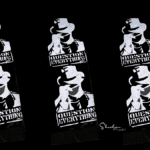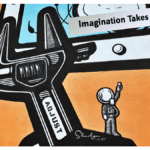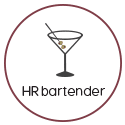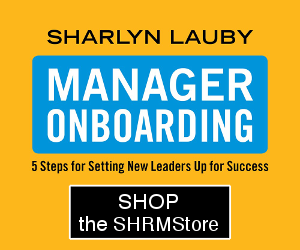Estimated reading time: 4 minutes
Whether you work in an office or remotely, self management involves doing a lot of things independently such as resolving your conflicts, figuring out the solutions to your problems, and creating your most productive work. It also involves thinking about your future and generating your own professional development plan.
Sometimes our boss will tell us what skills to develop. In an environment of self management, the boss might – scratch that – they will rely on us for input. That’s where knowing yourself (see Part 1) comes into play. You want to be confident in the things you do well and cite specific examples of when you’ve used those skills.
Also, we should be prepared to discuss what skills we’d like to develop. It might be something that will help you do your work easier, better, or faster. For example, now that you’re working remotely, it might be helpful to learn a new software program. Or it could also be a skill you would like to acquire for the future.
Once you and your manager agree on that skill or quality you want to develop, think about how you want to go about learning it. We all have preferred methods of learning. Ever heard someone come back from a workshop only to say, “What a waste! I could have learned everything I needed to know by reading the book.” This is why understanding how you like to learn will be very valuable.
This is so important right now for self management when we’re not gathering in large groups. In the past, we might have said, I’d like to attend this conference or workshop. We might need to consider trying new forms of learning.
Audio learners like to learn by listening. This could be at an online lecture or podcast.
Visual learners want to see to gain understanding. Charts, graphs, diagrams, pictures, videos are all visual learning mediums. Visual learners might also like to learn via books.
Kinesthetic learners prefer to have a hands-on learning experience. They enjoy the opportunity to practice the activity, conduct an experiment, or maybe even role play.
No style of learning is better or worse. It’s understanding the best style for you that makes the difference. For instance, if you’re a visual learner then the last thing that might interest you is attending a lecture. And, if you did attend the lecture, you might not learn anything.
You might also find that you gravitate toward different learning styles in self management depending upon the subject. An example might be learning how to create a spreadsheet pivot table (by actually doing it, which is kinesthetic) versus learning the history of blogging via a lecture.
Being in tune not only with the subjects you want to learn but your preferred learning style creates greater opportunities for you. It allows you to allocate your resources (time, money, etc.) toward those experiences that will help you learn the most.
The second part of self-managed learning is being able to curate credible information. Emphasis here is on the credible part. First, it’s finding what you need at the moment you need it. For example, while we’ve been spending more time at home, we decided to make sourdough starter. I had no idea how to do it. So I went online and found videos to help me. And, it worked! That’s the key – the video was accurate and easy to follow.
In today’s work environment, it’s important to understand that we as individuals are in control of our professional development. And what better way to drive your career than by establishing your own development plan and on your own terms. The only way we can do that is by understanding how we like to learn and the best way to learn the information.
Our last self management competency touches all of the previous ones. Yes, you got it. It’s focused on change.
15








Marc Miller says
Sharlyn,
I spent over 20 years in tech as what is now called curriculum design, both online and in person. In general, as we age we become more visual and kinesthetic learners. Of course, that was before the world of smartphones and podcasts came onto the scene.
It is critical to understand how “you” learn because we are all unique. There has never been a time when there were more different ways to acquire new knowledge. We need to find the method that works for us because nothing is standing still and no one will take care of our learning needs.
Thanks for this post.
Sharlyn Lauby says
Hi Marc. Thanks for the comment. Totally agree – individuals need to understand how they prefer to learn. Not only to help them gain new knowledge (as you mentioned) but to know when it’s important to stretch outside of our learning comfort zones. Hope you’re safe and well.